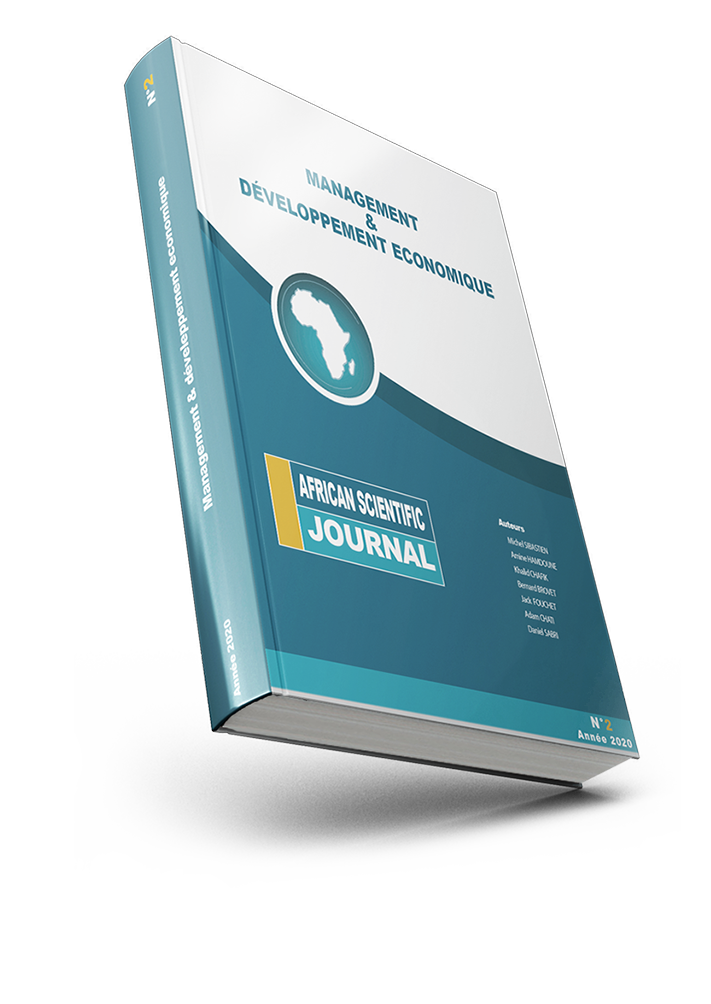Method for estimating exploited areas; case of the woloni and Tounga plains
DOI:
https://doi.org/10.5281/zenodo.8176875Keywords:
remote sensing, land use, statistical analysis, forecasts, plainsAbstract
The major direction of this work was on evaluating the exploited regions of the Tounga and Woloni plains. Due to the fact that these areas are now assessed using conventional procedures, which are lengthy, expensive, laborious, and prone to human error. It is intended to accomplish this by creating an approach using remote sensing. This technique assesses and monitors the evolution of exploited regions in the Tounga and Woloni plains. To do this, we digitized topographic maps of the study area to extract the boundaries of the plains. We used the maximum likelihood supervised classification method to elaborate the land use maps. We perform statistical analyses to extract the values of the exploited areas, then make forecasts of exploited areas for 2030, 2040 and 2050. The results obtained from the statistical analyses are as follows: on a projected area of Tounga 27126.30 ha, the areas exploited in 2018, 2020 and 2021 are respectively 9739.82 ha, 10423.20 and 10663.26 ha. And as for Woloni, on a projected area of 5488.03 ha, the areas exploited in 2018, 2020 and 2021 are respectively 2240.93 ha, 2309.55 ha and 2498.08 ha. The annual exploitation rate between 2018 and 2021 increased by 1.5% in the Tounga plain and by 1.09% in the Woloni plain. To verify the accuracy of our results, a comparison was made between the 2018 exploited area values obtained and the 2018 exploitation report of the Office des Moyen Baní. After the comparison, we find a variation of about 2%.
Downloads
Published
How to Cite
Issue
Section
License
Copyright (c) 2023 African Scientific Journal

This work is licensed under a Creative Commons Attribution-NonCommercial-NoDerivatives 4.0 International License.





















